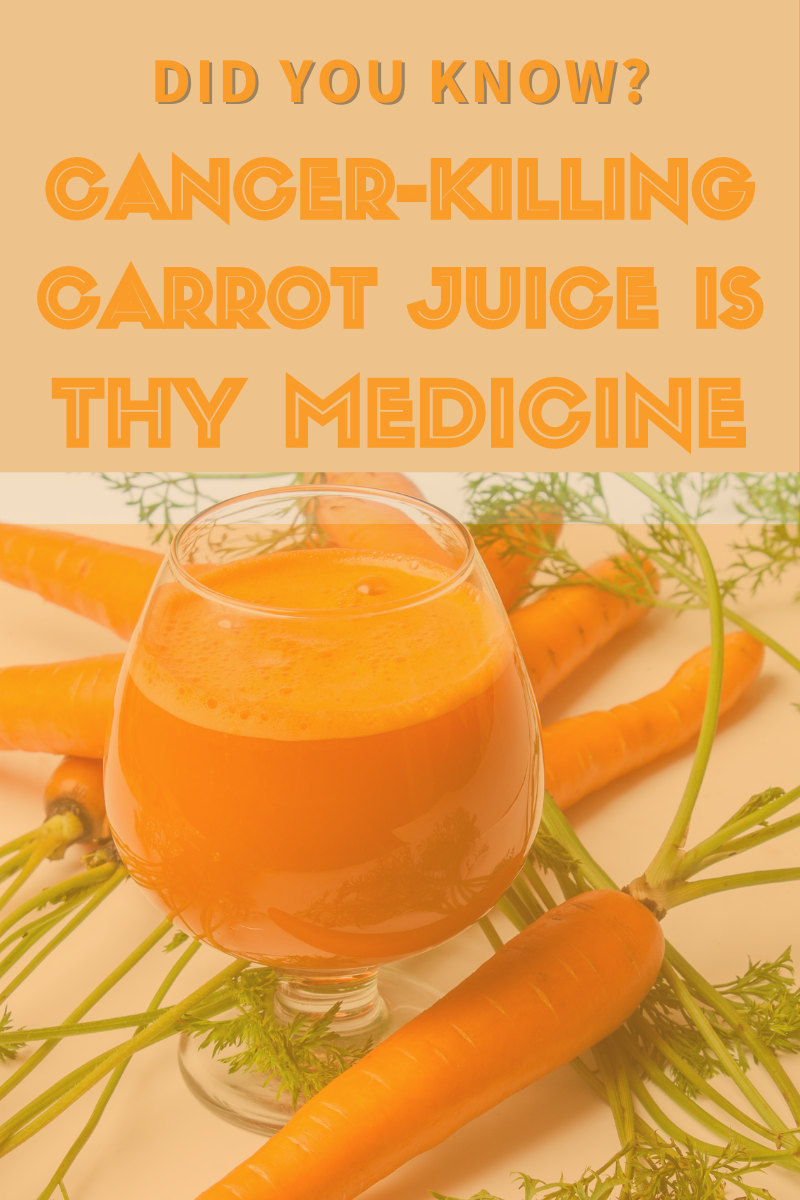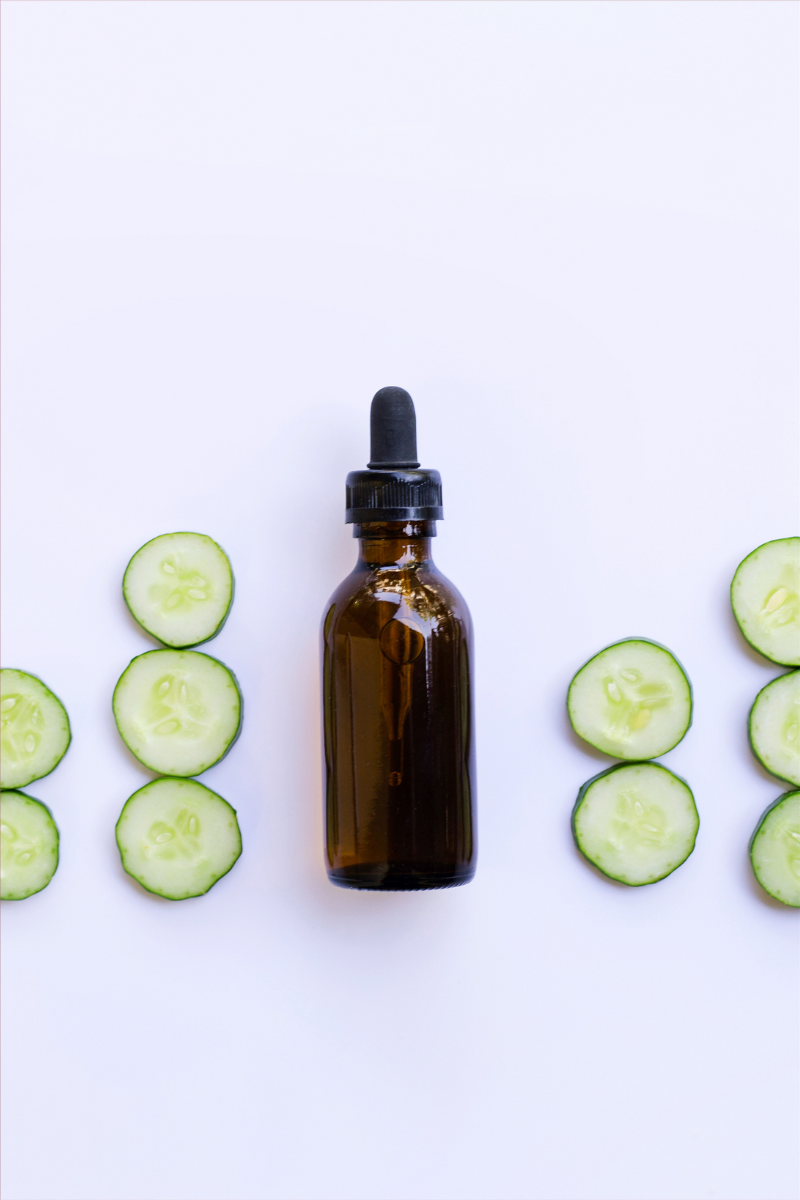Are toxins in the water making you ill?

Our drinking water is poison and I can not sugarcoat something like that, not with the oath I took to help others heal. Some areas are worse than others but poison nonetheless.
Fluoride
Adding fluoride to drinking water is a process that dates back to the 1940s to help reduce the amount of tooth decay most likely caused by sugar. It sounds like it was a great plan at the time because it helps strengthen teeth. In reality, the plan went south because fluoride is a neurotoxin and an endocrine disruptor. It deactivates the thyroid gland and calcifies the pineal gland. It’s so extremely toxic that several countries have banned water fluoridation. Even some U.S. cities have caught on and started rejecting the process of fluoridation.
Chlorine
Chlorine has disinfectant properties that make it very useful for cleaning and disinfecting swimming pools. This toxic chemical is even used to sanitize sewage and industrial waste. Chlorine is added to the drinking water as a purification technique, despite not being completely safe. Chlorine is a reactive chemical that bonds with water, including the water in your gut, to produce poisonous hydrochloric acid. Chlorine exposure causes respiratory concerns and damages healthy cells. Long-term effects include memory loss and impaired balance.
Lead
Lead is the main toxin causing concerns in Flint. Corroded pipes are releasing up to ten times the allowable amount of lead into the water. Lead is toxic to almost every organ in the body and affects innocent children the worst. Developmental issues, stunted growth, deafness, behavioral concerns, learning disabilities, and brain damage can all result from exposure to lead. If ingested during pregnancy, lead can cause premature birth. Lead exposure has even been linked to autism, prostate cancer, and reproductive concerns for both men and women. It’s damaging to the cardiovascular system and kidneys, too.
Mercury
Mercury is a naturally occurring element, “natural” does not mean “safe.” Mercury is extremely toxic and can cause brain damage, blindness, nerve damage, cognitive disability, impairment of motor functions, headaches, weakness, muscle atrophy, tremors, mood swings, memory loss, and skin rashes.
Polychlorinated biphenyls
PCBs, or polychlorinated biphenyls, are chemicals used for industrial purposes such as insulation, machinery, oil, paints, adhesives, electronics, and fluorescent lights. Although PCBs were banned back in 1979, they’re still present in landfills and pose a danger to the environment. PCBs break down slowly and infiltrate the environment. They have been found in snow and seawater. Research will show PCBs cause cancer and negatively affect the immune, reproductive, nervous, and endocrine systems.
Arsenic
Arsenic, despite being poisonous, is used in a multitude of industrial processes. Environmental contamination may result from improper waste disposal, or from poorly-planned wells that hit a natural source. Arsenic poisoning can cause vomiting, abdominal pain, diarrhea, and even death in severe cases. Long-term exposure can lead to skin cancer, lung cancer, and bladder cancer.
Perchlorates
Perchlorates are a key ingredient in rocket fuel and explosives. They dissolve easily and seep into groundwater from military and industrial sites. It’s believed that perchlorates have contaminated much of the Colorado River. The concern is severe; almost all humans will test positive for perchlorates, which attack the thyroid.
Dioxins
Dioxins are released during combustion, such as burning hazardous waste, forest fires, cigarette smoke, and burning oil and coal. They settle in the environment and destroy the water sources. Short-term exposure can cause lesions and respiratory concerns. Long-term exposure can affect the immune, nervous, endocrine, and reproductive systems.
DDT
DDT was used as an insecticide in the 1940s to combat insect-borne diseases like malaria and typhus. It had widespread use as an agricultural insecticide until it was banned in the United States in 1972 due to environmental concerns. It remains in use in other parts of the world and is still a major health concern for all of us. DDT molecules are persistent and can travel vast distances in the atmosphere. DDT causes reproductive concerns and liver damage. The International Agency for Research on Cancer has declared DDT is a cancer risk.
Dacthal
Dacthal (dimethyl tetrachloroterephthalate, or DCPA) is an herbicide that contaminates soil and water sources. Unlike HBA and DDT, Dacthal is still in use today. Animal tests have found actual damage to the adrenal glands, kidneys, liver, thyroid, and spleen.
MTBE
MTBE (methyl tertiary-butyl ether) is a gasoline additive that can render large quantities of groundwater completely undrinkable. The health effects of MtBE are not understood. Research has linked it to kidney damage, seizures, and concerns with fetal development.
Print out a PDF of this post for your self-love internal healing binder
Fasting is the cure
Some people are under the impression that they can remove toxins from water by boiling it. Boiling water kills harmful organisms but does nothing to remove toxic chemicals, compounds, salts, and metals. The only way your body can cleanse itself of these toxins is through the power of autophagy!
For every problem, there is a natural solution
Purchase a distilled water pitcher for your self-love internal healing journey
When you are tired of feeling sick & tired I will be here. My name is Shamara Daniels and I am a Natural Health Consultant for women. I take all my clients on a self-love internal healing journey and you are more than welcome to join us. I specialize in stress relief and internal healing.
Need to detox immediately?
Ready for a detox to purge millions of toxins from your body?
Follow me online for all things internal healing

Join the self-love internal healing journey FB group for fasting support on this journey
Follow my FB page for all things internal healing




